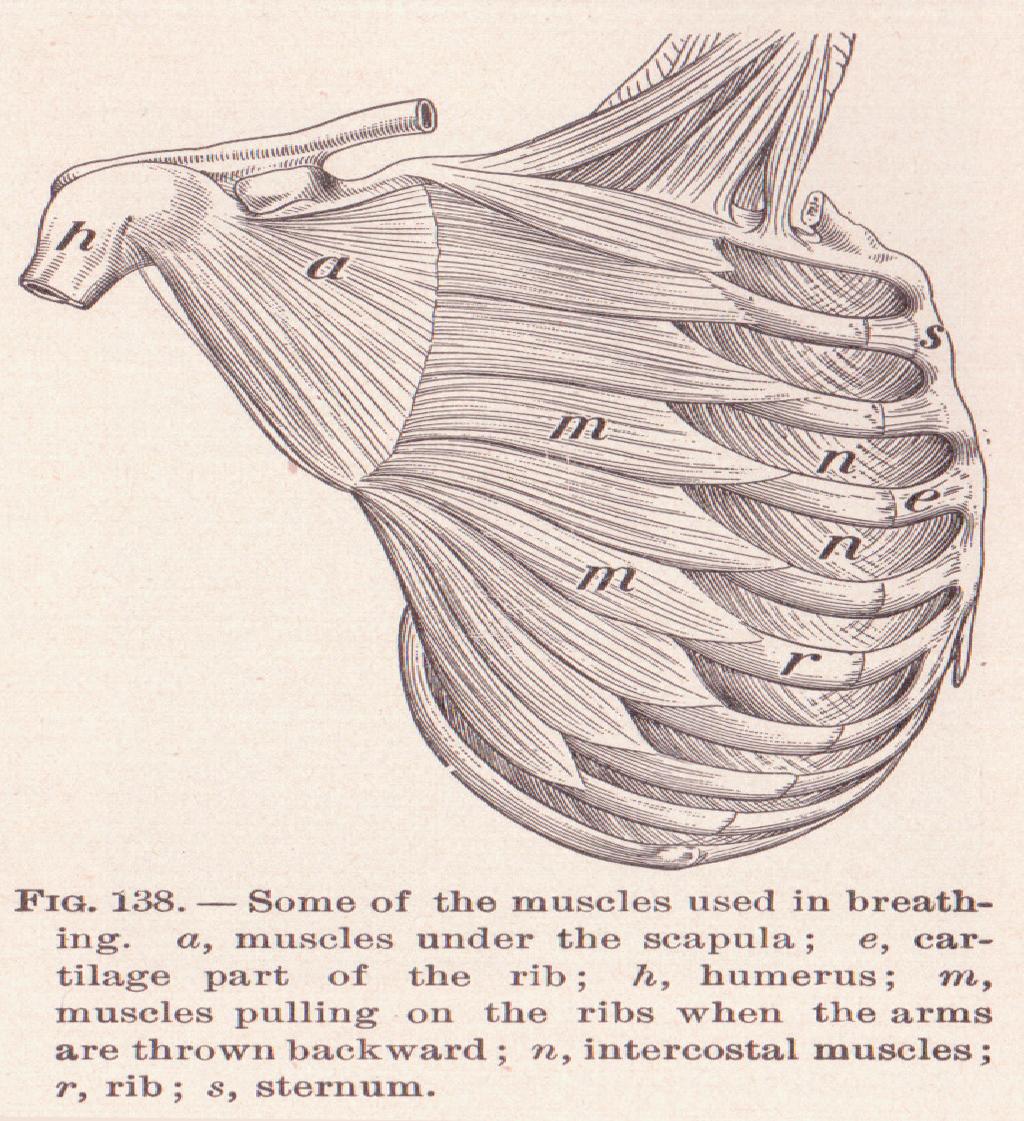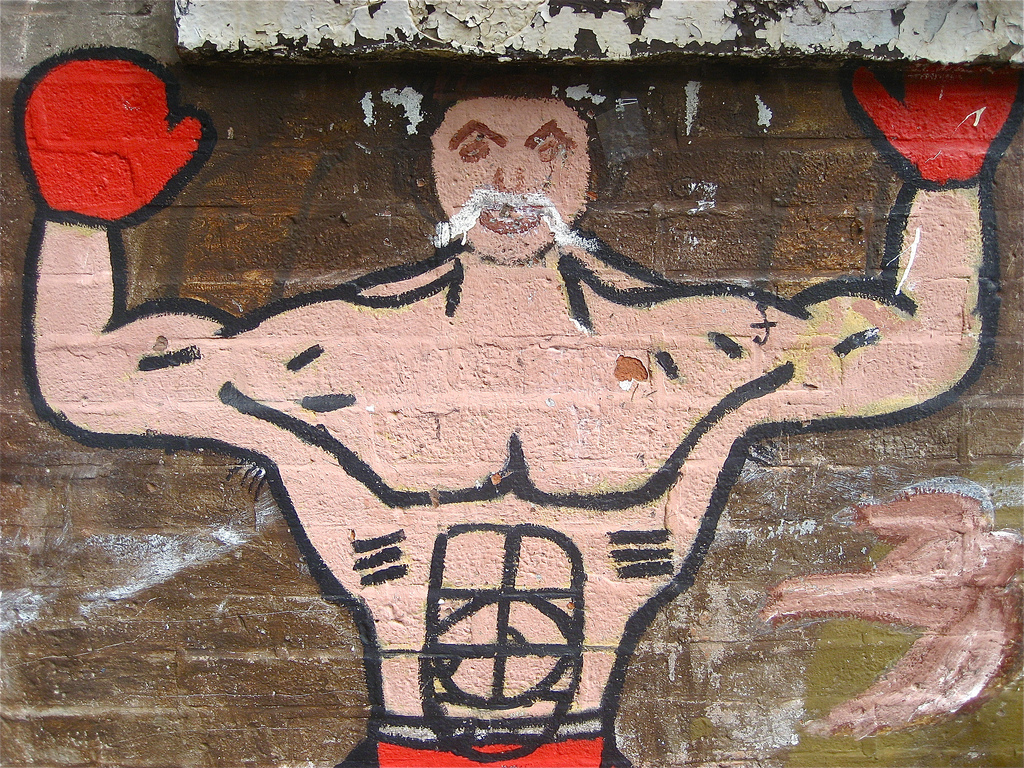How to Release Tension in Record Time
One of the most common side effects of a stressful life is muscle tension. And it can be a true nightmare. You can suffer pain that niggles away at you all day at work, and leaves you tossing and turning through the night.
But there is a technique used by talk therapists called ‘progressive muscle relaxation’ that really helps. And this article teaches you how to use it at home.
Why do I have muscle tension?
When we are stressed, anxious, or fearful our bodies tense up. It’s a primal reaction that at one point helped our bodies prepare for life-threatening situations, such as being eaten by a wild animal or killed by an opposing tribe.
In modern life, our stress is more to do with things like our colleagues not liking us, our partner wanting a different lifestyle than us, or money worries. None of it great, but none of it a direct threat to our very life.
And yet our bodies still react in that same primal way. We tense our shoulders, and clench our teeth. Eventually we get shoulder and back aches, a sore jaw, and tension headaches.
What is progressive muscle relaxation?
First of all, it’s not some new fad, or something that won’t work. It’s actually a proven technique for learning to monitor and regulate muscular tension that was developed by American physician Edmund Jacobson way back in the early 1920s. So it’s certainly tried and tested! The technique involves tensing particular muscles and then relaxing them.
Sounds simple? Essentially it is.
 Preparing for Progressive Muscle Relaxation
Preparing for Progressive Muscle Relaxation
When you are beginning to practice Progressive Muscle Relaxation exercises, keep in mind the following points.
Physical injuries
If you have any injuries, or a history of physical problems that may cause muscle pain, always consult your doctor before your start.
Select your surroundings
Minimise the distraction to your five senses. Turn off the TV/radio/computer, find a place you have solitude, and use soft lighting.
Make Yourself Comfortable
Use a chair that easily seats your body, including your head (you can lie down, but some bits of the sequence are easier to do sitting and then you don’t risk falling asleep half way through). Wear loose clothing, and take off your shoes.
Consider internal mechanics
Avoid practicing directly after eating, or after consuming alcohol.
Make time to go from muscle tension to muscles relaxed
There is no point in rushing your relaxation! Try to carve out at least 15 minutes for your Progressive Muscle Relaxation exercise.
Getting Started with Progressive Muscle Relaxation
1. Once you’ve set aside the time and place for relaxation, slow down your breathing and give yourself permission to relax.
2. When you are ready to begin, tense each muscle group described below, working your way through the list.
The process is the same each time- you put your focus on the muscle group, tense, and make sure you can really feel the tension, even to the point of discomfort or shaking, but not so much that you feel a great deal of pain. Keep the muscle tensed for approximately 5 seconds each time. It is advised to take a slow, deep breath as you squeeze the muscles.
(You might inadvertently tense surrounding muscles to the group you are working with, for example, the calf with the foot, but try to only tense the muscle you are targeting. You’ll get better at this with practise.)
3. After your 5 seconds of tensing, relax the muscle, exhaling, and focus on keeping it relaxed for approximately 10 seconds each time. It may be helpful to say something like ‘relax’ as you relax the muscle – -the brain can cooperate more sometimes if we give it commands. The muscle should feel loose and limp.
4. When you have finished the relaxation sequence, remain seated for a few moments, enjoying the feeling of calm, before allowing yourself to gently become alert.
Relaxation – the full sequence for muscle tension release
Work through your body using this sequence:
- Right hand and forearm: Make a fist with your right hand.
- Right upper arm: Bring your right forearm up to your shoulder to ‘make a muscle’.
- Left hand and forearm
- Left upper arm.
- Forehead: Raise your eyebrows as high as they will go, as though you were surprised by something. Then relax.
- Eyes and cheeks: Squeeze your eyes tight shut.
- Mouth and Jaw: Open your mouth as wide as you can, as you might when you’re yawning.
- Neck: Be careful as you tense these muscles. Face forward and then pull your head back slowly, as though you are looking up to the ceiling.
- Shoulders: Raise your shoulders up to touch your ears, trying to keep your head still.
- Shoulder Blades/Back: Push your shoulder blades back, trying to almost touch them together, so that your chest is pushed forward.
- Chest and Stomach: Breathe in deeply, filling up your lungs and chest with air.
- Hips and Buttocks: Squeeze your buttock muscles.
- Right upper leg: Tighten your right thigh.
- Right lower leg: Do this slowly and carefully to avoid cramps. Pull your toes towards you to stretch the calf muscle.
- Right Foot: Curl your toes downwards.
- Left upper leg: Repeat as for right upper leg.
- Left lower leg: Repeat as for right lower leg.
- Left foot: Repeat as for right foot.
No time to relax? The 5- minute sequence
If you are really stressed but unfortunately really short on time, you can work with just the large muscle groups in a ‘mini Progressive Muscle Relaxation session’. These main groups are:
- Lower Limbs (legs and feet)
- Stomach and Chest
- Arms, Shoulders, and Neck
- Face.
*It is best, though, that you only start using the short version after you’ve practised the full version for some time.
Practice means progress when it comes to freedom from muscle tension
Training your body to respond differently to stress is like any training – practising consistently is the key. Only through a practice can you become more aware of your muscles, how they respond with tension, and how you can relax them. In fact it helps to go through your muscles and relax even when you are not feeling particularly anxious. It will make it even more effective when you do need the release.
Life so stressful you can’t cope any more? We connect you with an elite team of highly regarded talk therapists in central London who can help with stress. Or try our sister therapy listings site to find UK-wide registered therapists.
 Andrea M. Darcy is a mental health and wellbeing expert with training in person-centred counselling and coaching. She is also a popular psychology writer. Follow her on Instagram for useful life tips @am_darcy
Andrea M. Darcy is a mental health and wellbeing expert with training in person-centred counselling and coaching. She is also a popular psychology writer. Follow her on Instagram for useful life tips @am_darcy






Very interesting post. how you can do these exercises at home to feel better and relaxed.
Even rolling your shoulders or unclenching your jaw can release tension almost instantly.